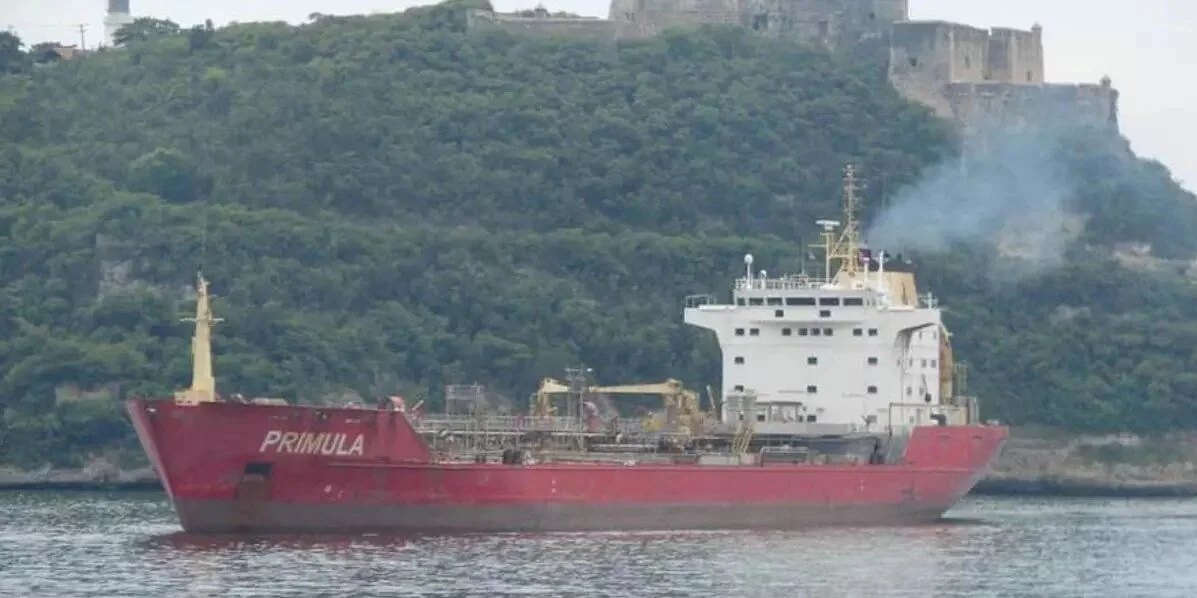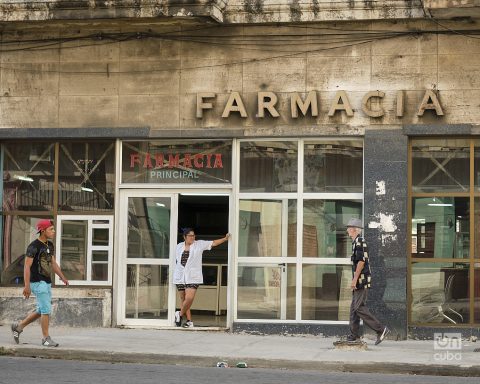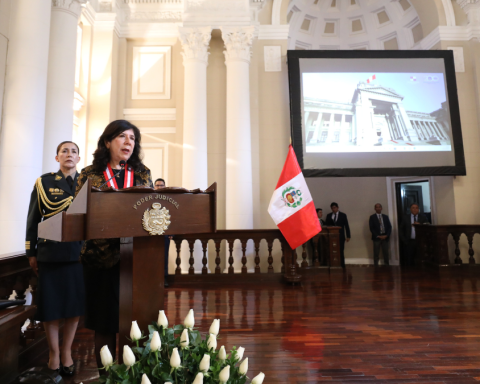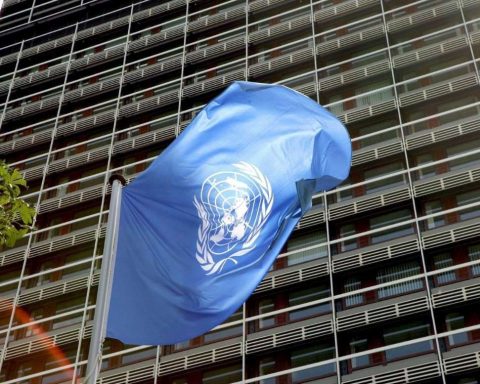MIAMI, United States. – The First Deputy Minister of Energy and Mines, Argelio Jesús Abad Vigoa, reported this Thursday that payment for the ship loaded with fuel for distributed generation had finally been completed and that its unloading had already begun.
It is allegedly one of the four oil tankers that were waiting in the island’s ports for payment before being unloaded, according to geolocation data analyzed by the newspaper. 14ymedio.
According to Abad Vigoa, who spoke to journalist Bernardo Espinosa on Thursday, “the ship docked” and “is currently unloading.”
“The payment was made to the supplier’s account and therefore the logistics for fuel distribution have already started. Therefore, in the next few days there should be an improvement in the generation capacity as the fuel arrives at the different distributed generation plants,” explained the official.
However, he warned that, even if the fuel is secured, other effects could occur due to “breakages and the exit and entry of each of the thermoelectric plants.” [del Sistema Electroenergético Nacional]”.
The electricity crisis on the island has worsened in recent days due to a lack of fuel and breakdowns at thermoelectric plants. On Wednesday, the damage exceeded 1,500 MW.
The Cuban Electric Union (UNE) advertisement that the blackouts will simultaneously cover 32% of the national territory. your daily partthe state-owned company indicated that the interruptions in the electrical service are due to the fact that five of the 20 energy production units in the seven terrestrial thermoelectric plants in the country are damaged. In addition, 46 distributed generation plants (electric motors) are out of service due to lack of fuel (diesel and fuel oil).
This Thursday, the Island recorded one of the highest power outages in three months (43%), very close to the 44% generation deficit reported on March 15 and the 45% reported on February 12.
Specifically, for this Friday, UNE estimates a maximum electricity generation capacity of 2,300 megawatts (MW) and a demand of up to 3,300 MW, for a deficit of 1,000 MW.
However, the impact (what will actually be disconnected) will reach 1,070 MW during peak hours on September 20, UNE said.
Currently, power cuts affect all provinces (although they are worse outside of Havana) and have reached up to 14 hours a day.
In May of this year, the Cuban ruler, Miguel Diaz-Canelsaid the country would experience “prolonged” power outages until June due to maintenance work on the energy system. This measure, according to authorities, seeks to reduce interruptions during the months of July and August, when consumption is highest.
“We are going to have extended maintenance until the month of June to minimize the inconvenience of blackouts in the summer, especially in the months of July and August,” said Díaz-Canel in the sixth episode of his podcast From the Presidency. The president made it clear that the total absence of blackouts cannot be guaranteed: “We cannot commit to the absence of blackouts. Given the current conditions of the system, such a commitment is not possible now,” he said.
The blackouts not only undermine the economic performance of Cuba, which has been mired in a serious crisis for years, but have also been the trigger for anti-government protests. The most notable ones occurred on July 11, 2021the largest in decades, and most recently on March 17 in Santiago de Cuba and other locations.

















